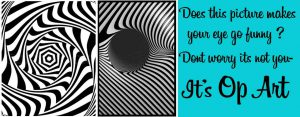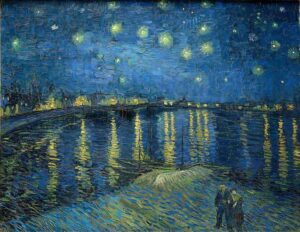It is the most iconic and eerie face in all of art. a universal representation of fear & anxiety.
The haunting image depicts a hairless individual with an agonised expression against a landscape with a raging orange sky. Edvard Munch’s German title for these pieces is Der Schrei der Natur (The Scream of Nature).
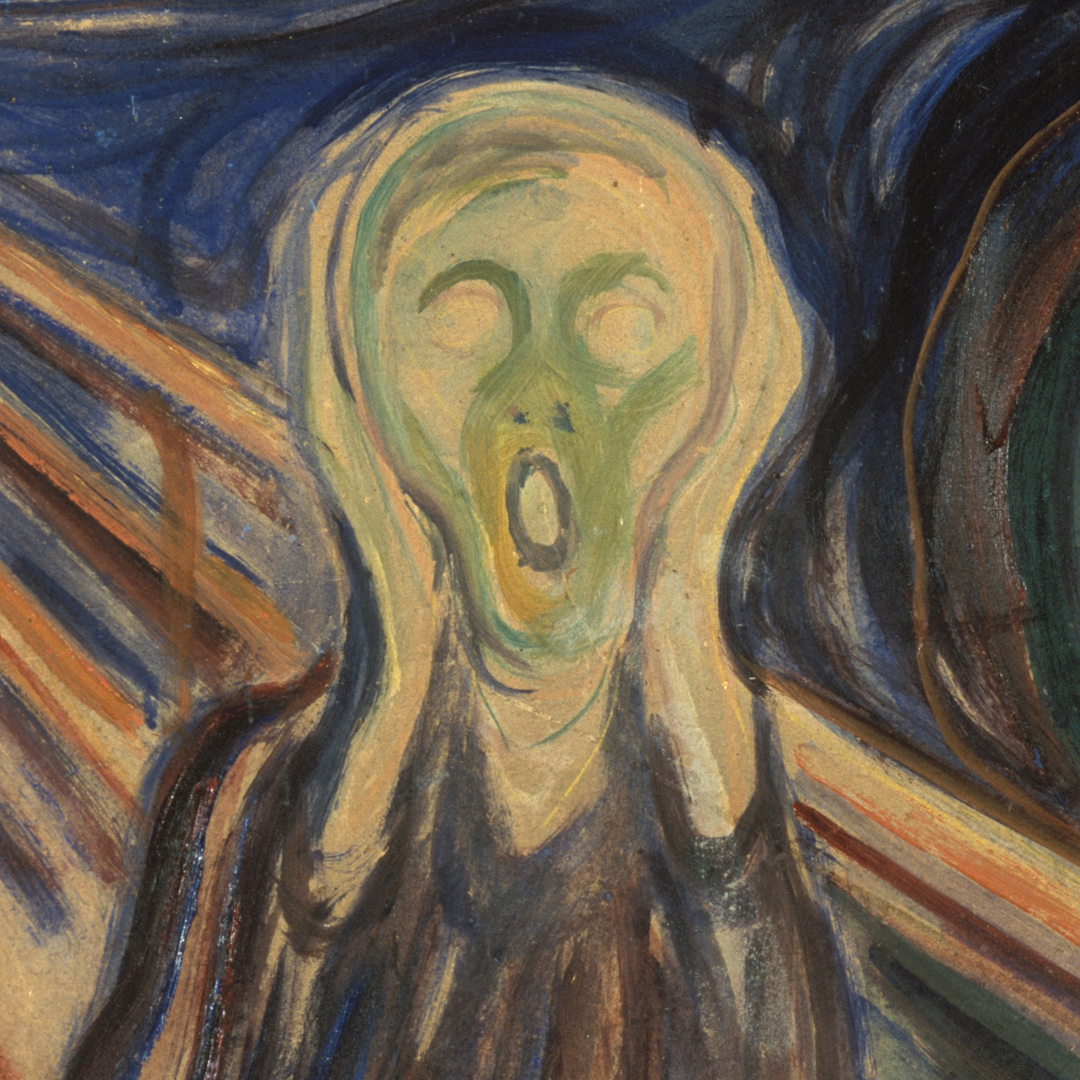
Visual Analysis of Painting
In his diary in a entry headed “Nice 22 January 1892”, Edvard Munch recorded: “ I was walking along the road with two friends – the sun was setting – suddenly the sky turned blood red – I paused, feeling exhausted and leaned on the fence – there was blood and tongues of fire above the blue-black fjord and the city – my friend waled on, and I stood there trembling with anxiety – and I sensed an infinite scream passing through nature… I sensed a scream passing through nature; it seemed scream passing through nature. I painted this picture, pained the clouds as actual blood. The color shrieked. This became The Scream.
The artist’s memory of the effects of the powerful volcanic eruption of Krakatoa, which deeply tinted sunset skies red in parts of the western hemisphere for many months between 1883 and 1884, about a decade before Munch painted The Scream, is one theory put forth to explain the background’s reddish sky. It has been speculated that the painting’s subject’s proximity to a slaughterhouse and a mental institution may have served as some sort of influence. The view from a road overlooking Oslo, the Oslofjord, and Hovedøya from the hill of Ekeberg was recognised as the setting. Laura Catherine, Munch’s manic-depressive sister, was a patient at the asylum at the base of Ekeberg when the picture was completed.
Art Facts About The Scream by Munch
1. There are several versions of The Scream.
The Scream has two paintings (one at the Munch Museum and one at the Oslo National Gallery), two pastels, and several prints. One of the most expensive works of art ever sold, the 1895 pastel reached £74 million when it was auctioned up at Sotheby’s in 2012.
2. The Scream was painted by Munch and originally presented in 1893.
Munch’s initial representation was a painting. He created a lithograph based on this piece two years later, with the German title “The Scream” printed underneath. His reputation as an artist on a global scale was mostly built on the printed versions of the artwork.
3. It was stolen twice, not just once.
The first incident happened in 1994 when thieves entered through a window and stole a copy of The Scream from Oslo’s National Gallery. Fortunately, it was located and brought back within three months. In 2004, armed robbers entered the Munch Museum and took a different rendition of The Scream as well as the artist’s Madonna. Due to concerns that they may have been destroyed or, worse yet, damaged in the process, both artworks remained missing until 2006.
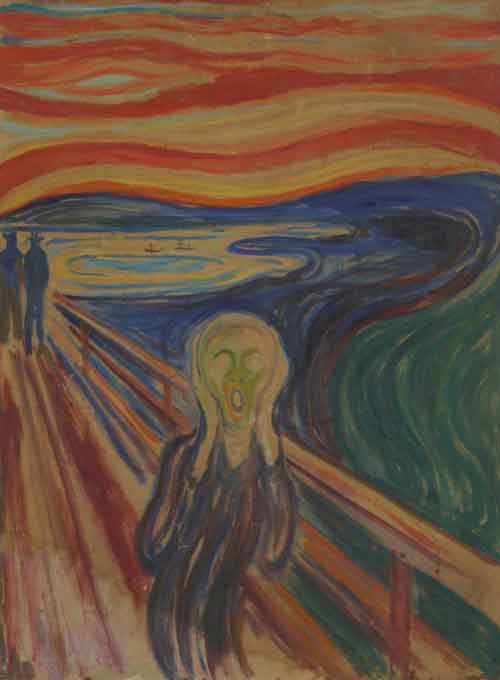
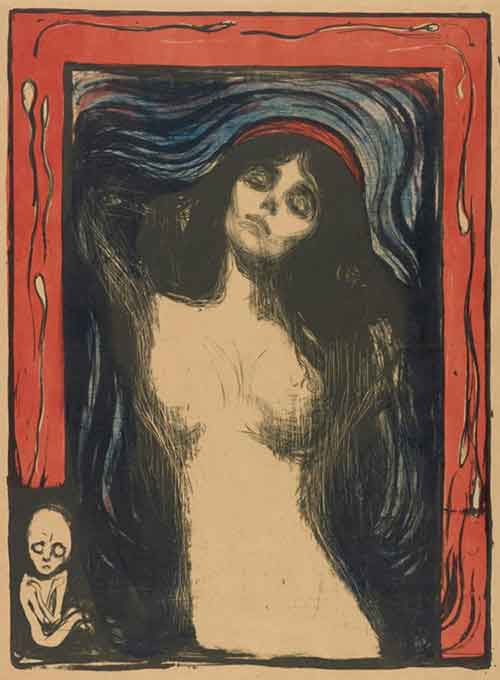
4. Ironically, the conservation work done after the picture was safely delivered back to the Munch Museum may not have greatly satisfied the artist.
Any imperfections from this time would have been visible to Munch as part of the painting’s creative growth. He believed that whatever damage his works sustained along the way was a natural process, and he even left them unprotected outside and in his studio because “it does them good to fend for themselves.” He wanted people to observe how his works altered and evolved over the course of their lifetimes.
5. The figure in The Scream is not screaming
Munch claims that the true scream came from the person’s surroundings. At the bottom of his 1895 painting, the artist wrote in German, ‘I felt a tremendous scream sweep across nature.’ Munch’s original title for the work was The Scream of Nature.
6. It was not meant to be a portrayal of a single scream.
The person is attempting to drown out the’shriek’ heard around them (the work’s Norwegian title is actually ‘Skrik’). The figure has no features and is not gendered, therefore it is de-individualized, which may be one of the reasons it has become a global emblem of fear.
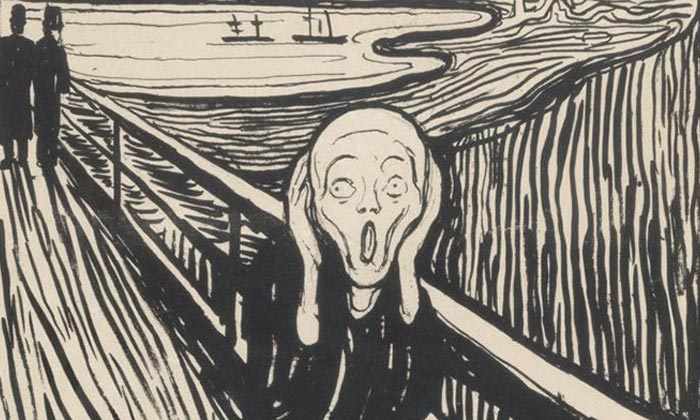
7. This 1892 sketch of Despair predates The Scream and may depict Munch's feelings of solitude shortly before the'scream ripped across nature.'
‘I paused feeling exhausted and leaned on the fence […] My friends walked on and I stood there trembling with anxiety’ – Munch says. There are several more pieces that go with it; The Scream is the most well-known of a strong collection of images known as The Frieze of Life, which Munch originally showed in 1893.
8. The Scream's striking expression has permeated everyday life, and it is one of only a few artworks to have been converted into an emoji.
9. It has also made an appearance in Pop Art and culture.
The Scream continues to captivate and inspire visual culture to this day, from Andy Warhol to Manga and Halloween masks to movies.
10. A mummy may have inspired the figure in The Scream.
The artist’s memories of a hollow-eyed, tied Peruvian mummy on display in Paris at the Musée d’Ethnographie du Trocadéro in 1889 may have inspired the screaming head with hands cupped around it.

